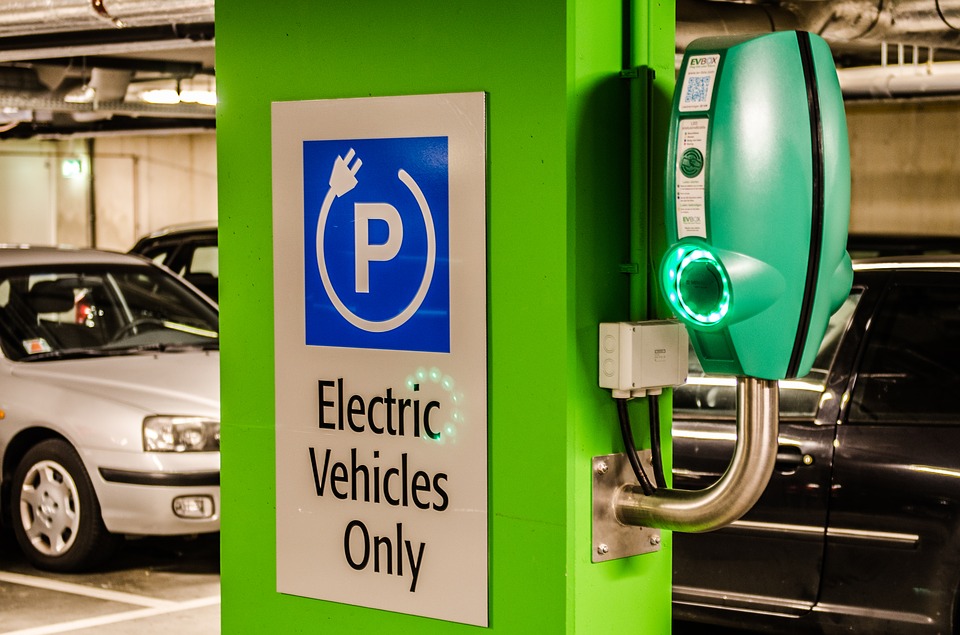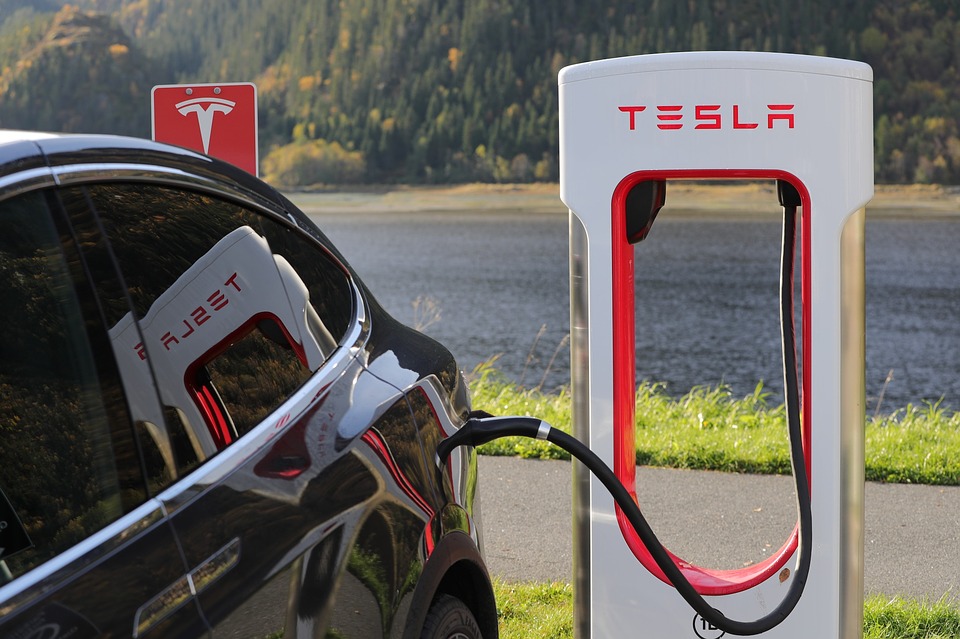
By Jennifer Korszun, Content Editor
Electric vehicles (EVs) have the potential to rule the road — that is, if charging stations can keep up.
IHS estimates that more than 12.7 million chargers will be available worldwide by 2020, compared with the fewer than 1 million accessible today. Meeting that target will require decisions on cost structures, usage models, and standards as EV stakeholders work to ensure the supporting infrastructure is in place.
In regions that have taken the lead in EV adoption, public utilities and governments have taken action to encourage drivers to trade in their gas vehicles for electric cars. In January, for example, three of California’s largest utilities submitted funding proposals totaling more than $1 billion, pending approval from the state’s public utilities commission, to help California meet its EV targets and carbon reduction goals over the next five years.

Standards and safety regulations
There are three EV charging platforms, each targeting different charging conditions and requirements:
- Level 1 (120-volt charging) . The charging cord that comes with any electric car has a standard three-prong plug that goes into a grounded wall socket and a connector for the vehicle’s charging port on the other end. When you plug it in, the charging cord tests the circuit to confirm that it’s correctly grounded and that the current is strong enough to power the charger.
Level 1 is the slowest of the three types of charging. For plug-in hybrids with smaller battery packs of 4 to 18 kilowatt-hours, Level 1 may be sufficient to recharge a vehicle in a few hours to overnight.
- Level 2 (240 V) . Many home and public charging stations function at 240 V, with the cables connecting to the standard charging port on the EV. The charging station needs to be installed on at least a 40-amp circuit, but to future-proof wiring, 50 A or 60 A is best.
Level 2 charging is at least twice as fast as Level 1 charging because of the higher amperage of the circuit. Battery-electric cars, such as the Nissan Leaf, require a Level 2 home charging station to reach full charge overnight. Plug-in hybrid vehicles, such as the Chevy Volt, often function adequately with the standard 120-V charging cord.
- DC fast charging . Often mistakenly referred to as Level 3 charging, DC fast charging relies on direct current rather than household alternating current and is a high-powered alternative.
Because they offer a standard of 50 kilowatt-hours but require the installation of costly, high-powered lines, DC fast chargers are best suited for public charging stations, typically situated along highways.
The first two charging types use the J-1772 socket, an SAE International standard format supported on the most popular EVs. Tesla’s cars are the exception, but the company provides an adapter.
Not all EVs offer DC fast charging; few hybrids offer it. EVs that do support DC charging use one of three socket types:
- CHAdeMO . Currently the favored socket standard for DC quick charging, as it aims to increase quick-charger installations worldwide and standardize how to charge vehicles, the CHAdeMO socket is used in the Nissan Leaf, Mitsubishi i-MiEV, and Kia Soul EV. The CHAdeMO Association — founded by The Tokyo Electric Power Company (TEPCO), which developed the socket style, and several Japanese automakers — promotes the charging method. CHAdeMO is a loose abbreviation of the phrase “move by charge.”
- Combined Charging System (CCS) . Most German and U.S. EV manufacturers, with the exception of Tesla, use this standard, including vehicles fitted with quick-charging ports made by BMW, Chevrolet, Ford, Mercedes-Benz, Volkswagen, and Volvo. CCS sockets include a Level 2 socket and are therefore larger than CHAdeMO sockets.
- Tesla Supercharger . Tesla created its own dedicated network of free, high-powered fast-charging stations that Tesla owners can use. Likewise, Tesla’s socket for DC quick charging is proprietary to its vehicles.

The multiplicity of charging standards poses headaches for drivers and EV infrastructure planners alike. “There’s CHAdeMO, the J-1772, the DC fast charge, and the Tesla. [With] four different connectors, someone [looking to charge their vehicle] has to hunt for which one they’re planning to use. That’s a charging station challenge,” said Nina Turner, research manager at International Data Corp. (IDC). Charger installations must be simple to use, she noted.
Location, location …
If the number of EVs on the road is to surpass the number of standard cars by 2025, as predicted, the public-charger buildout needs to happen quickly. California currently leads the United States in the number of EVs on the road, at just under 300,000, but it also has the fewest public chargers available per EV, with only one public DC fast charger installed per 196 EVs and one Level 2 charger per 27 EVs. Hawaii, Colorado, Texas, and Ohio have similar EV-to-charging station ratios. New York City recently pledged to build 1,000 new charging stations by 2020.
Infrastructure planners must determine not only how many public chargers to deploy and which charging methods to support, but also where to locate charging stations. Should the emphasis be on dedicated, centralized charging stations, similar to gas stations, or on deploying public chargers at driver destinations, such as parking lots?
“There needs to be a two-pronged strategy,” said Tamer Kira, director of business management for the Automotive Business Unit at Maxim Integrated. “Until charge times are under 5 minutes, there need to be charge stations that are convenient when people park their cars.”
“In order to propagate EVs in cities, there needs to be more than just [dedicated] charging stations,” said IDC’s Turner. “People do not like to park and move their car later. We must move beyond straight-up stations.”
Installation of public chargers in locations where drivers leave their cars for extended periods would benefit EV users and encourage EV adoption. Charging stations are being deployed, though not yet in sufficient numbers, in parking lots and garages at airports, hotels, office complexes, and shopping and entertainment areas. Ross Sabolcik, vice president and general manager for the Power business at Silicon Labs (Austin, Texas), noted that the company has installed chargers in the parking lot for employee use. “Some chargers are free; some charge you by the minute,” Sabolcik said. “At our office, we do not charge employees to charge their EVs, but I know places like the Austin airport charge their customers.”

How engineers can speed the rollout
As electric cars proliferate and the need for a nationwide rollout of charging stations nears, engineers can step in to address the EV power challenges through design.
“More [engineering] effort should go into improving car range and lowering battery costs. That will drive higher EV sales and, in turn, drive more charging stations. There also needs to be a common worldwide standard for charging stations,” Maxim’s Kira said.
There is a big push to reduce charging station costs, Sabolcik noted. Currently, a durable Electric Vehicle Supply Equipment (EVSE) charger costs a consumer who wants a fast charger at home approximately $600 to $700. “There is a lot of effort going into [bringing] cost in line with a high-volume rollout,” Sabolcik said.
Engineers can also help lower costs by addressing charge times. Beyond the charger design, revisiting the battery pack design might shave time off the charging process, Sabolcik noted.
For now, electric vehicles are primarily commuter cars and are typically charged at home. It’s estimated that one-quarter of all current EV users would use public charging stations at least once a week if the chargers were readily accessible and the cost to use them was affordable. Engineers’ efforts are central to meeting both targets.
For more information, read the EV Special Report here.
Advertisement
Learn more about Electronic Products Magazine





